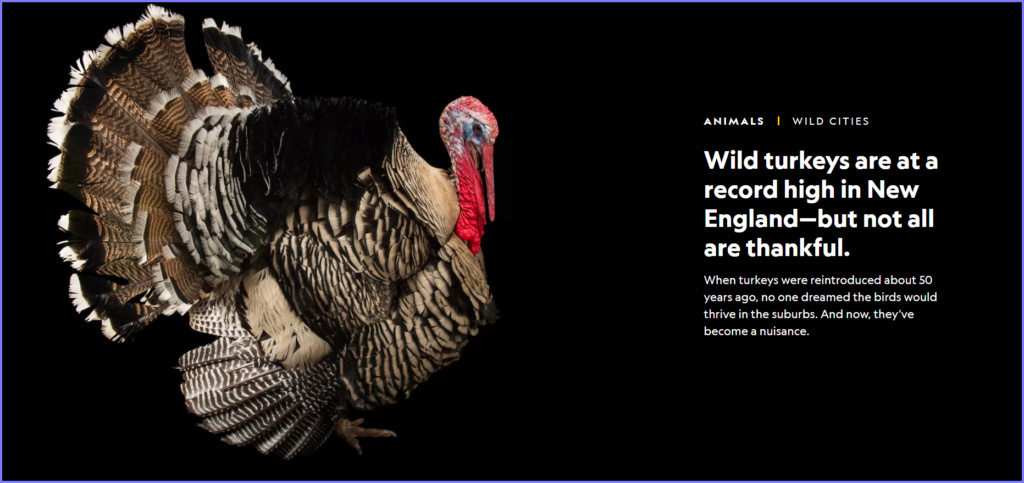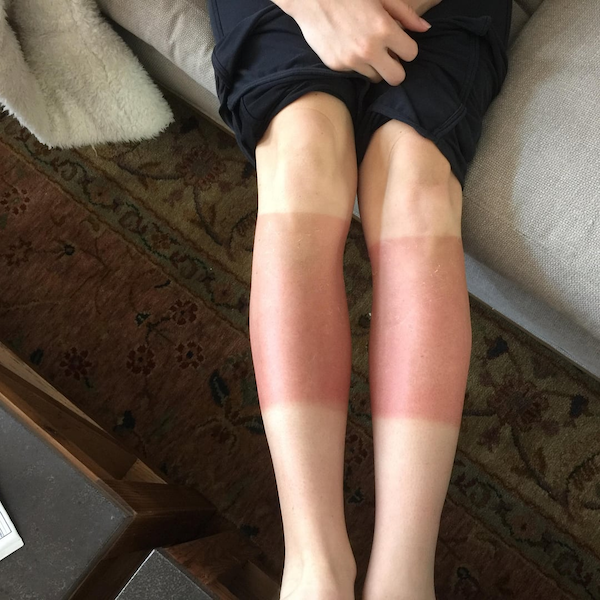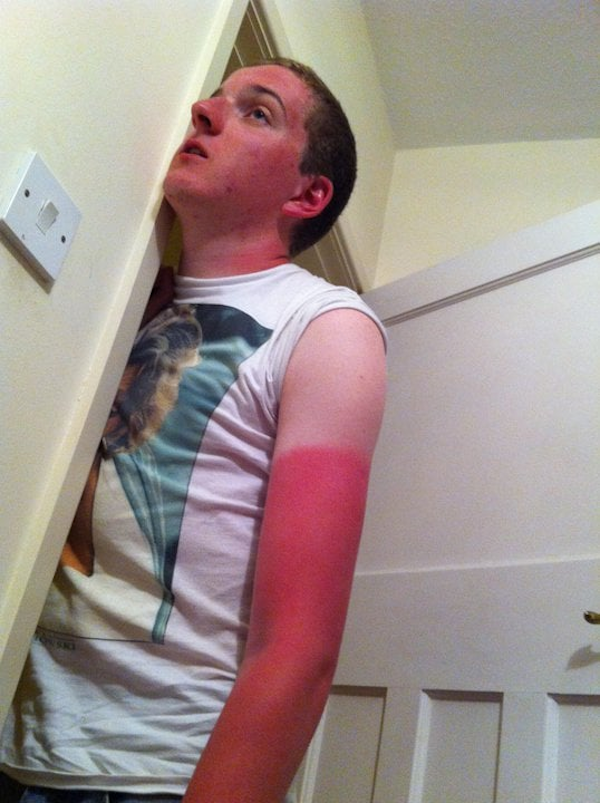The newest registered user is гераскинс
Our users have posted a total of 48009 messages in 7050 subjects

WORLD CLOCK
NAT GEO * Wild turkeys *
Valley of the Sun Casual Club :: WORDS , FACTS , DATES , GAMES & TRIVIA & HISTORY :: NATIONAL GEOGRAPHIC
 NAT GEO * Wild turkeys *
NAT GEO * Wild turkeys *

The Narragansett turkey (pictured, an animal at the Knoxville Zoo) is an historic breed named after Rhode Island's Narragansett Bay. It's a cross between the wild turkey and domestic turkey.
PHOTOGRAPH BY JOEL SARTORE, NATIONAL GEOGRAPHIC, PHOTO ARK
AMHERST, NEW HAMPSHIREWild turkeys are a familiar sight throughout New Hampshire, where flocks strut along roadsides and wander through backyards.
Ted Walski knows this better than anyone: He’s the man responsible.
In 1975, the biologist for New Hampshire Fish and Game released 25 turkeys from the back of his truck in Walpole, a town in the western part of the state. It was part of a reintroduction effort to bring back a species that had been wiped out in New England before the Civil War, thanks to a one-two punch of vanishing forests and unchecked hunting.
“Originally, I never thought it would get beyond a few thousand turkeys,” says Walski, who spent nearly 50 years working with the birds before retiring in 2019.
Instead, New Hampshire’s turkey population has exploded beyond all expectations, and now hovers around 45,000 animals—the highest since reintroduction, and probably the most the state can handle. Reintroduction efforts in neighboring states and around the country have created a similar story—there are 70,000 wild turkeys in Maine, up to 50,000 in Vermont, and more than 30,000 in Massachusetts—all of which totals up to about six million animals reproducing in every state but Alaska.
So what made the wild turkey one of the most successful wildlife reintroduction programs in American history? Most likely, it’s due to the bird’s surprising—and unexpected—ability to live among humans. In the suburbs, turkeys can take advantage of edge habitat, like woods and open spaces, and dine on a never-ending buffet of food provided by people—particularly birdseed. It doesn’t hurt that native predators, such as wolves and cougars, have also largely disappeared from most parts of the turkey’s range. (Read about urban wildlife success stories in our series Wild Cities.)
But not everyone is thankful for the New England turkey boom. The notoriously bold birds are a nuisance, disrupting traffic and pecking at front doors (or, a police station a few days before Thanksgiving), as well as potentially dangerous: In 2019, a 35-year-old pregnant woman was attacked by turkeys on the streets of Cambridge, Massachusetts—twice. As conflicts between these 20-pound birds and people are on the rise, particularly during the spring breeding season, wildlife officials are trying to cope with the reality that the turkey is here to stay.
“I would wager that 40 years ago nobody expected there to be booming turkey flocks in suburban and urban areas,” says David Scarpitti, a wildlife biologist with the Massachusetts Division of Fisheries and Wildlife. “But it’s pretty obvious that they aren’t just passersby.”
[size=14]A flock of wild turkeys walk on a suburban driveway in West Newbury, Massachusetts.
PHOTOGRAPH BY FRANK VETERE, ALAMY
[/size]
How turkeys came back
In 1634, William Wood noted the abundance of turkeys in his book “New Englands Prospect,” writing that “sometimes there will be forty, three score, and a hundred in a flocke, sometimes more and sometimes lesse.” According to Wood, unregulated hunters in the 17th century might kill 10 or 18 turkeys a day, a practice that essentially doomed the northeastern populations.
In the 1960s and 1970s, many U.S. states reintroduced turkeys back into their native habitat, where the omnivores play a vital role of keeping several plant and invertebrate populations in check. Walski captured his original 25 birds from the Allegheny Mountains on the New York-Pennsylvania border, releasing them along the fertile Connecticut River Valley, on the border with Vermont.

[size=14]
A female turkey pauses at a doorway on Mt. Auburn Street in Cambridge, Massachusetts.
PHOTOGRAPH BY CRAIG F. WALKER, THE BOSTON GLOBE/GETTY
[/size]
Initially, Walski targeted farmlands because there was evidence that turkeys needed to supplement their diet—nuts and acorns—with farm foods, such as manure and discarded corn, in the winter. (Explorer Samuel de Champlain, during his 1604 New England voyage, wrote that local peoples told him turkeys always seemed to appear when their corn was ripe.)
Yet apparently turkeys were tougher than thought, as they have continued to thrive despite a massive decline in New Hampshire dairy farms—from more than 600 in 1975 to under a hundred today. (Read about how many species are hacking life in the city.)
Much of their survival is due to backyard birdfeeders, he says. “When you’ve got a couple of feet of snow in the middle of the winter, that’s their salvation," Walski says.
Turkey troubles
One community with a notable increase in wild turkeys is Brookline, Massachusetts, a suburb near Boston.
“I grew up in Brookline, and as a kid in the 1990s, I don’t remember ever seeing turkeys,” says David Cheung, a former animal control officer for the Brookline Police Department. “Now there’s a flock that hangs out at the high school. And the number of calls we get about turkeys definitely keeps increasing.”

4:10
[size=15][size=16]WHY ARE TURKEYS RUNNING WILD IN THESE NEIGHBORHOODS?
Watch how the wild turkey made its home in California and has become both a nuisance and benefit to some residents.[/size]
[/size]
Without hunting and predators, “we don’t have any population control for turkeys,” he says. The city has euthanized a few birds over the years—a few of them were injured—but it’s not an official policy.
Most of the conflicts with the birds stem from their tendency to parade through the streets, blocking traffic. “Motorists are like a deer in the headlights. They don’t know what to do, so they just stop,” Cheung says. That leads to another problem: Turkeys will often attack their reflection in a car’s shiny exterior. “You’ll see turkeys pecking at someone’s car, and the motorist will just be in shock and not know what to do.” (Read our tips for how to stay safe around wild animals.)
Turkeys have always been plucky: New Englander Ben Franklin made note of their feisty nature in a 1784 letter to his daughter, noting that the birds “would not hesitate to attack a grenadier of the British guards who should presume to invade his farm yard with a red coat on.”
But what’s different now is that turkeys are learning how to live in urban environments, Scarpitti says.
“The more familiar they get with people, the more they are apt to demonstrate this [dominant] behavior that’s rooted in their biology. They do it to each other all the time. But when they have no fear of humans, they kind of assimilate humans into that routine.”
Coexisting
Of course, many people enjoy seeing wild turkeys; the male’s impressive plumage, for instance, is a sight to behold. [url=https://nhfishgame.com/2023/02/24/report-your-winter-wild-turkey-sightings-until-march-31/#:~:text=Now, New Hampshire has a,more than 45,000 birds statewide.]In a 2022 New Hampshire Fish and Game Survey[/url], just one percent of all respondents said they “strongly disliked” turkeys. (See stunning pictures of bird feathers.)
“It’s astounding, even to me, that in our surveys over 97 percent either like or strongly like turkeys,” Walski said. “It’s only a percent or two that have some ax to grind.”
Many urbanites seem to agree. “A lot of [Brookline] residents find it fascinating for these animals to be in the city, and that’s one of the things that drives people to feed them,” Cheung says.
But what’s best for both turkeys and people is to avoid feeding them—and that includes ditching the birdfeeders, wildlife managers say.
Other strategies for coexisting with turkeys are protecting gardens (for instance covering plants with netting), obscuring reflective surfaces that might trigger a territorial turkey, or hazing birds that come too close with loud noises or a water hose.
Tough old bird
In much of the Southeast and New York, where wild turkeys experienced similar comebacks in the latter half of the 20th century, the bird’s numbers have dropped in recent decades.
So it’s possible that may also happen in New England, where reintroduction occurred later than in those other states, says Matt DiBona, a wildlife biologist at the National Wild Turkey Federation, a nonprofit dedicated to promoting wild turkey hunting and conservation.
“There is the potential for increased predators, declining nesting success, disease—those are all pressures that we might expect to apply to New England turkeys,” DiBona says. (Read: Three billion birds have been lost in North America since 1970.)
But Scarpitti suspects that New England’s suburban turkeys may have found a niche so robust that they’re insulated against such changes—and even New England winters may not be a deterrent.
“The conditions that we had that winter of 2014-15 are the worst situation possible for wild turkeys, and by my estimation it had pretty much zero effect on the turkey population because they are so buffered by that supplemental food,” he says. “So if populations didn’t drop that year, I just don’t think it’s going to happen.”
Instead, it seems likely that turkeys will become as familiar a sight in America’s backyards as they are on our Thanksgiving dinner plates.
Valley of the Sun Casual Club :: WORDS , FACTS , DATES , GAMES & TRIVIA & HISTORY :: NATIONAL GEOGRAPHIC

 Events
Events















































































» INTRO TO WORD SMARTS
» PINTEREST ICONIC COMIX
» HISTORY FACTS * Gold wasn't always the top Olympic medal *
» Word Genius Word of the day * occlude *
» JULY NATIONAL CELEBRATION DAYS JULY 26 2024
» QUIZ TREAT QUIZ *Which mammal has the most powerful bite? *
» QUIZ TREAT ANSWER PAGE
» NAT GEO * The 2024 Olympics will likely be the hottest ever *
» NAT GEO * Sharks found with cocaine in their systems *
» WISE TRIVIA QUIZ *What was the first song ever played on the radio? *
» WISE TRIVIA ANSWER PAGE
» E.S.Etaski * Sister Seekers Book 10 now available everywhere! *
» WORD DAILY Word of the Day: * literatim *
» JULY NATIONAL CELEBRATION DAYS JULY 25 2024